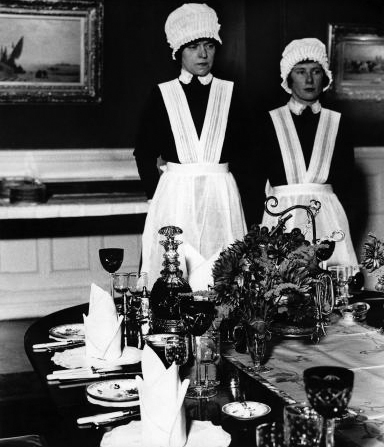The formal acknowledgement of 'The Art of Photography' at the RA.
AFTER A century and a half of debate, it's official, or so we are given to believe: photography is art. The Royal Academy, Britain's most august artistic institution, has never staged an exhibition of photographs before, so 'The Art of Photography' is both birthday party and initiation rite. Photography, like the first female undergraduate at Oxford or the first Catholic to play for Rangers, has finally won out over old prejudice. Welcome, so to speak, to the club.
Argument continues, but the question of whether photography actually is art can never be satisfactorily answered and is in any case a bit of a red herring: an invitation to measure the imponderable by the standards of the indefinable. Photography is photography, and - as the 462 photographs in this show amply testify - that should be enough.
Not that photographers have always seen it that way. When Julia Margaret Cameron photographed Alice Liddell as Pomona in 1872 she had her sights firmly set on fine art status. Lewis Carroll's Alice, by now well into young womanhood, is crowned with flowers and surrounded by the fruit-bearing foliage prescribed by Cameron's iconography: it's easy to imagine this goddess of fruitfulness occupying a Pre-Raphaelite canvas. Paint might perfect her, but photography does not lend itself readily to idealisation. Cameron's Pomona is awkwardly real - a petulant, pouty deity, at odds with her props.
The failures of Pictorialist photography point forward to the successes of other kinds of photography. Photographs are good at dramatising the gap between the way we are and the way we see ourselves. What Cameron managed by accident, later photographers set out to do deliberately. George Sander's photographs, taken in Germany during the rise of Hitler, cruelly document the distance that...


